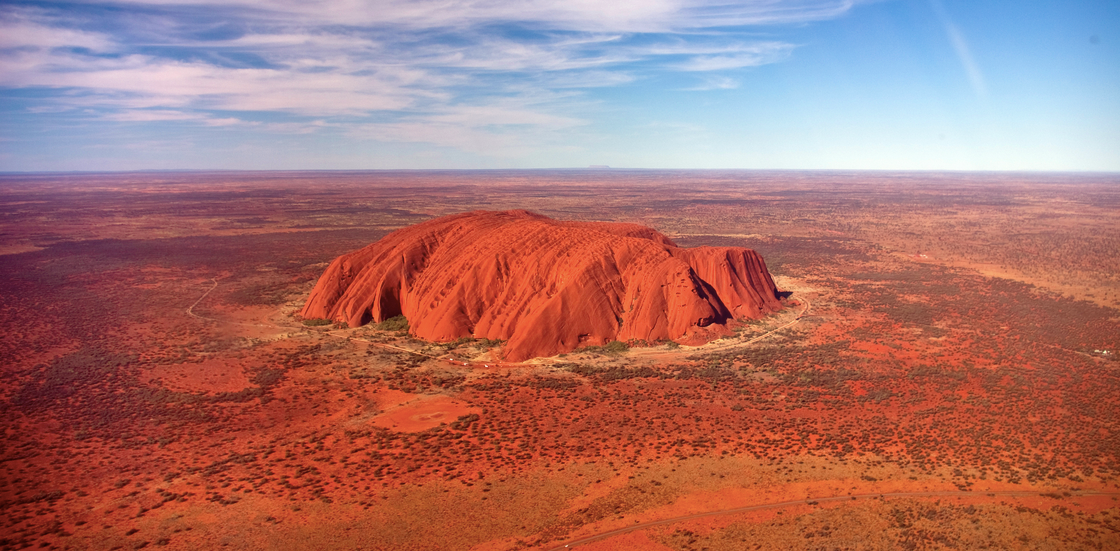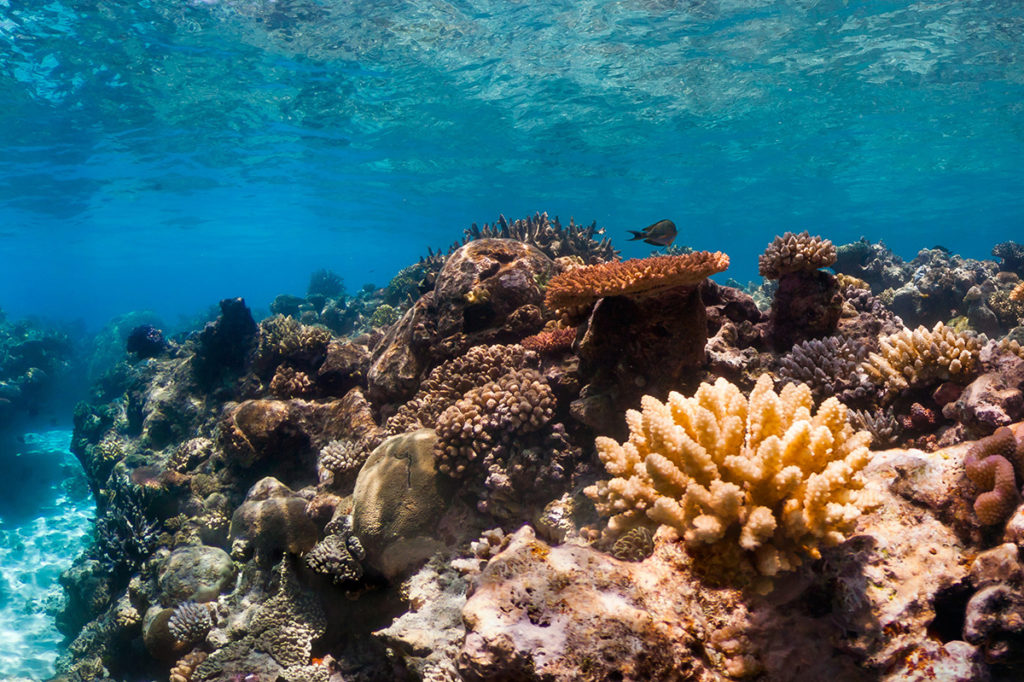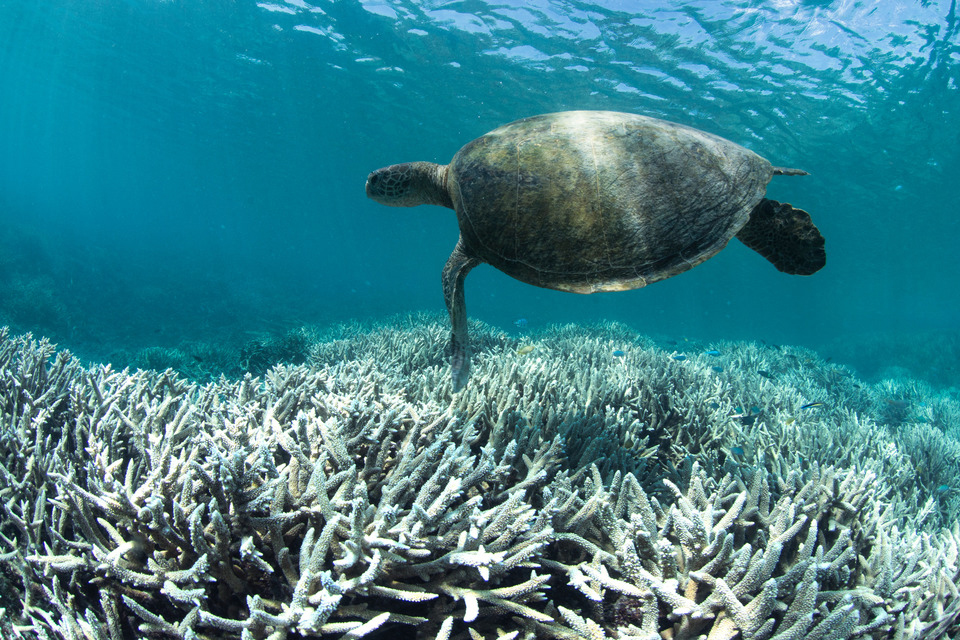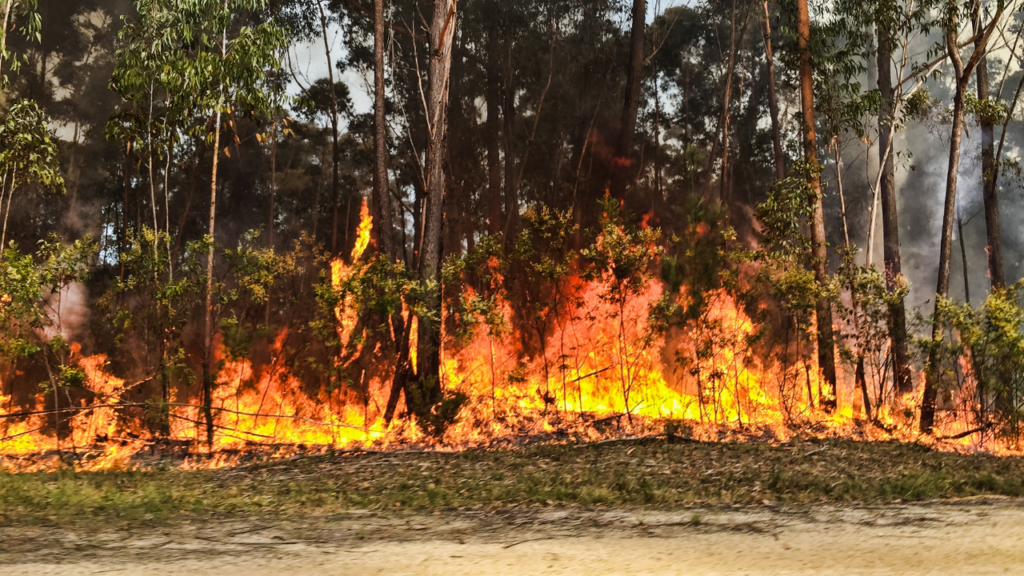Climate change is quickly becoming the #1 threat to World Heritage sites around the world.
Last month, UNESCO’s World Heritage Committee met in Bonn, Germany, to review the 1,031 sites around the world that are considered to be of “outstanding universal value”. Sadly they found climate change poses big challenges for more than 1 in 6 World Heritage sites internationally.
The International Union for Conservation of Nature (IUCN), who advise UNSECO on world heritage, warned that global warming could become the most “widespread threat” to protected sites, particularly due to sea level rise and ocean acidification.
A huge number of World Heritage sites feeling the impact of climate change are right here in Australia.
1. The Great Barrier Reef
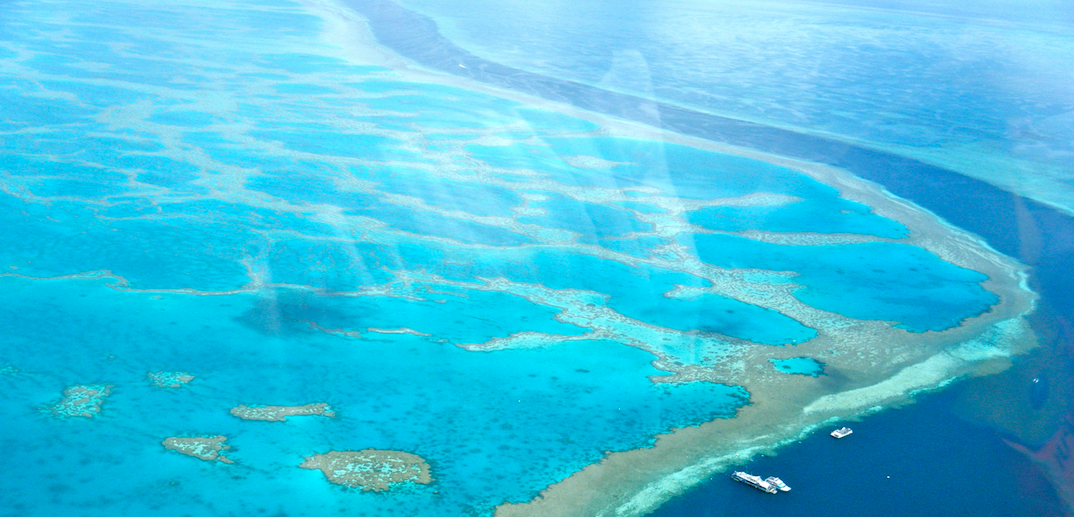
Extending 1,242 miles along Queensland’s coast, it’s the world’s largest coral reef system. Climate change remains the most serious threat to the reef. Rising water temperatures are driving coral bleaching, and ocean acidification is restricting coral growth and survival.
2. Kakadu National Park

Kakadu is about as diverse as it gets, but a multitude of different habitats in the area are predicted to be impacted by climate change over coming years, including freshwater wetlands, mangroves, monsoon forest, beaches and streams. From sea level rise polluting fresh water, to rising temperatures and increased fire risk, climate change is set to hit Kakadu hard.
And exploring the area is predicted to get even more dangerous, as higher temperatures could potentially facilitate the spread and re-emergence of diseases
such as malaria and encephalitis – a major concern for the Indigenous population that call Kakadu home.
3. Uluru-Kata Tjuta
National Park

Symbol of the nation, right in the red centre of the continent, Uluru lies in a region preparing for increased risk of hot weather, drought, fire and flash floods. According to an Australian government report these factors have the potential to affect the morphology of the region and could lead to cavernous weathering (a kind of honeycomb effect on the rock), as well as altering the area’s ecological system.
4. Lord Howe Island

One of Australia’s tropical Island gems, known for its epic coastline and wildlife, Lord Howe is starting to see more intense wave action along its shores – activity that could lead to extensive erosion of the picturesque costal cliffs and rocky shore platforms. Furthermore, ocean acidification is expected to alter the marine environment, and impact the coral reefs in the area.
5. Fraser Island

Off the southeast coast of Queensland lies the world’s largest sand island, covering 184,000 ha. Unfortunately, an increase in extreme weather is expected to speed up the erosion of the island’s famous dunes. In addition, storm surge and sea level rise are expected to have a drastic impact on the small amount of fresh water in the area. The island will also have to prepare for more intense bushfire and drought risk.
6. Tasmanian
Wilderness

An area covering over 1 million hectares, Tasmania’s Wilderness World Heritage Areas is one of the last great temperate rainforests in the world. Home to rocky peaks, steep gorges and lush valleys the area is truly wild – with signs of human activity few and far between. Until now. As we alter our climate, the risk of wildfires is set to increase, threatening Tasmania’s alpine and rainforest areas. Sea level rise also poses a threat to the untouched remote coastline.
7. Shark Bay

Western Australia’s Shark Bay is found right between a coastline, a temperate region and a tropical region – meaning it has the potential to experience the full suite of climate impacts. Rising sea levels, drought, increased wind, a decline in rainfall, and hotter temperatures.
8. Macquarie Island

Home of the King, Gentoo, Royal and Rockhopper Penguins, Macquarie Island is a remote sanctuary. But rising temperatures and rising sea levels in the area are expected to have far-reaching impacts on the island – especially on the local wildlife – with changes in food availability and vegetation distribution. The resident penguins are already feeling the heat, with records showing that summer temperatures, wind speeds and precipitation on the island have been increasing since the 1950s, meanwhile sunlight hours and air moisture are decreasing.
9. The Greater Blue
Mountains
Just a short-drive from Sydney, the Blue Mountains are known for their stunning sunsets, glowing cliffs and sadly, their bushfires. Already considered one of the world’s most fire-prone regions, this area is already starting to feel the brutal impacts of hotter summers, earlier fire-seasons and more intense bushfire risk.
10. The Bungle Bungles

Located in the East Kimberley region of Western Australia, the Purnululu National Park, home of the unforgettable Bungle Bungles, is expected to experience hotter temperatures, less rainfall and reduced water run-off in coming decades. Some researchers are concerned that these factors will lead to substantially
accelerated erosion of the area’s unique karst cones, of “bungles”.
11. The Wet Tropics of Queensland

The IPCC Fourth Assessment Report noted that significant loss
of biodiversity is projected to occur by 2020 in some ecologically rich sites — many of which are World Heritage listed. Making the list of significant areas was the Wet Tropics of Queensland.
This 450km stretch of forest on Queensland’s northeast coast is under threat from warmer temperatures, with UNESCO noting that “even a small increase in temperature” could spell disaster for the endemic species in the area.
As well as in Australia, climate change is starting to impact World Heritage sites globally including Mt. Everest, Mt. Kilimanjaro, Argentina’s Los Glaceries National Park and the Galapogos Islands.
More detail on the implications of climate change for
Australia’s World Heritage properties can be found in this report, which was prepared by the Australian National University for the former Department of Climate Change.
All images via Creative Commons.

